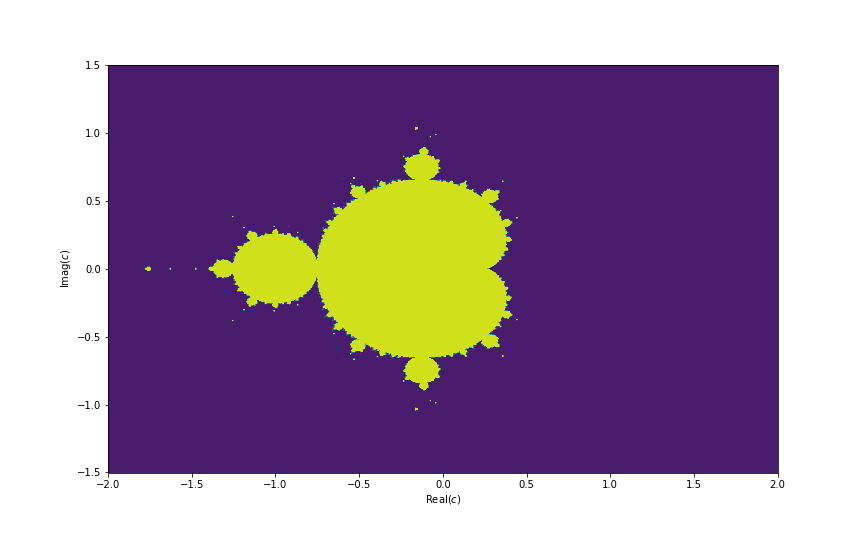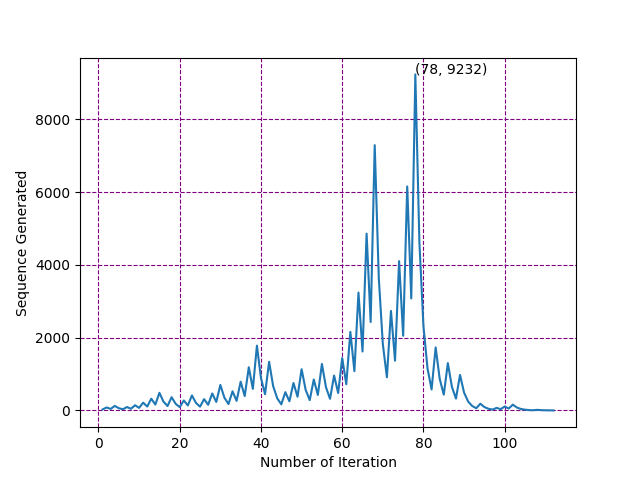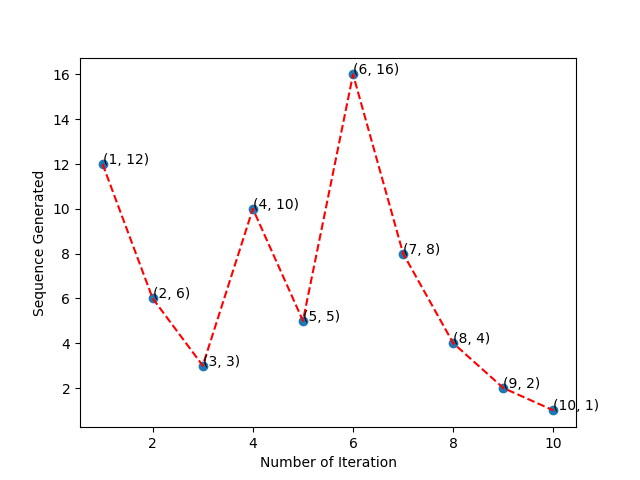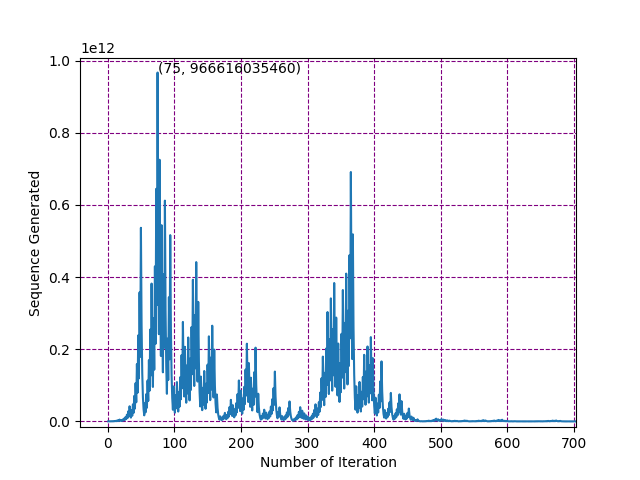Unlocking Math Olympiad Success: Navigating the Maze of Fake vs. Real Olympiads
Hey there, math enthusiasts and aspiring Olympiad champions! 🌟
Welcome back to our Math-related discussion, where we dive deep into the enchanting world of mathematics. Today, we're going to embark on a journey that's both exciting and crucial for every young math prodigy - the quest from Fake Math Olympiads to Real Math Olympiads!
The Olympiad Odyssey Begins
Picture this: Thousands and thousands of bright-eyed students in India, full of mathematical dreams, gearing up for the first level of the prestigious Indian Mathematical Olympiad (IOQM). They're armed with certificates, silver medals, and even gold medals from private Olympiads in their younger years, brimming with excitement and anticipation.
But then, reality strikes, and it's not pretty. Many of these talented youngsters are met with single-digit scores, and some even land a big, fat zero. It's disheartening, to say the least. These students, who are brimming with potential and love for mathematics, find their dreams crashing like a house of cards.
The Fake Olympiad Trap
At Cheenta, our mission is to nurture young mathematical minds, and we've seen this pattern too many times. We've got around five or six hundred students with us right now, and we've been preaching the same message over and over again: "Beware of fake Olympiads!" Why, you ask? Well, here's the scoop.
1. Question Quality: The questions in these private Olympiads often don't even come close to the real deal. They're not challenging enough and don't adequately prepare you for the IOQM.
2. False Hopes: These fake Olympiads dangle the tantalizing carrot of medals and certificates, making students believe they're math geniuses. But when the IOQM reality check arrives, it's often a rude awakening.
Real Olympiads vs. Fake Ones
Now, you might wonder, how do you tell the real Olympiads from the fakes? It's simpler than you think.
1. Organizer Matters: Genuine Olympiads are organized by reputable mathematical associations like the Mathematical Association of America or the Association of Mathematics Teachers of India (AMTI). These contests are gold mines of challenging problems crafted by true mathematical wizards.
2. Avoid Money-Making Schemes: Private Olympiads are often designed solely to make money, and they thrive on false promises. Those shiny gold medals? They're more about marketing than merit.
Nurturing Olympiad Success
So, how did our Cheenta students manage to shine in the IOQM this year? The secret is simple, but it requires dedication. We focus on problem-solving workshops, dedicating five days a week to Olympiad mathematics. It's all about non-routine mathematics and nothing else.
Your Path to Olympiad Glory
Now, here's the action plan for you, whether you're with Cheenta or charting your own course:
1. Consistency is Key: Dedicate at least one hour every day to non-routine mathematics. Consistency is the magic ingredient that fuels cumulative progress.
2. Aim for 3,000 Problems: Challenge yourself to tackle 3,000 problems in a year. For our students, that's 1,000 in class and 2,000 as homework. It's a starting point, but a strong one.
Embrace the Math Journey
Remember, mathematics is not just a subject; it's a world of wonder waiting to be explored. I'm still immersed in it, even at my age, because it's an endless adventure. Dive into the world of mathematics, seek its beauty, and you'll find yourself enchanted.
Join the Conversation!
This might be a one-sided conversation, but it doesn't have to be. Share your thoughts in the comments. What are your experiences with fake Olympiads? Let's discuss and learn together. 🌟
Watch the video by Dr. Ashani Dasgupta
Founder - faculty at Cheenta.















